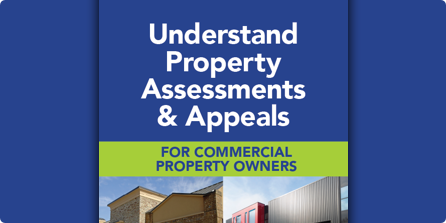At the Cook County Assessor’s Office (CCAO), our role includes reviewing and valuing commercial properties. Commercial properties include:
- Industrial properties such as warehouses and factories
- Retail properties such as stores and restaurants
- Residential properties with seven or more units
In Cook County, we review 1/3 of properties each year and determine their current value. We rotate between properties in the City of Chicago, north suburbs, and south and west suburbs.
Commercial properties are assessed using mass appraisal methodologies and standards. The CCAO uses the income approach to reassess most commercial properties. The Income Approach Valuation method is explained step by step below.
Frequently Asked Questions
- Where does our office get property data?
We use a number of professional market data providers such as CoStar, Trepp, CBRE, Cushman and Wakefield, JLL, and other companies to research the current real estate market. We also review past appeals and interview local brokers, appraisers, and market participants for insights.- What if I own multiple properties?
If any or all of your commercial properties are reassessed, you will get a reassessment notice for each Property Index Number (PIN). If your properties are in different parts of the county, they may be reassessed in different years.- What if I own a property that has multiple PINs?
If your property has multiple PINs attached to it, you will get a reassessment notice for each PIN.- What if I own an affordable housing unit?
Visit the Affordable Housing Programs website page to learn more about programs available.- What programs do you have to encourage economic development?
Property owners may be eligible for a reduced assessment for some multifamily, commercial, and industrial properties. Learn more on the Incentives and Special Properties page.- What if I think there was an error in determining the value of my commercial property?
You have the right to appeal your reassessment value, and we encourage you to file an appeal if you think there is an issue. These are some common reasons why property owners file appeals:- Your property was vacant longer than typical because of an unexpected event like flooding or fire
- Your property had tenants that didn’t pay rent for a period of time
- Your property was under construction and has yet to be leased





